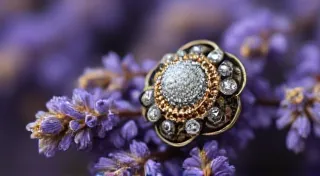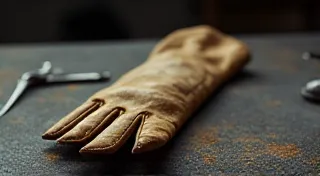A Clockwork Requiem: The Influence of Victorian Mourning Practices on Music Box Design
There's a peculiar beauty in the melancholic. A certain poignancy that clings to objects steeped in loss and remembrance. And nowhere is that feeling more intensely evoked than in the world of antique music boxes, particularly those crafted during the Victorian era. While many of these delicate mechanisms delighted listeners with cheerful tunes, a significant number were profoundly shaped by the era's elaborate and deeply personal mourning rituals. To understand these treasures, we must delve into the heart of Victorian sorrow and the ingenious ways in which artisans translated grief into tangible, audible forms.
The Victorian era (1837-1901) wasn’t simply a period of industrial progress; it was an era defined by a pervasive sense of mortality. Death was a constant companion – infant mortality rates were tragically high, and diseases like cholera and tuberculosis ravaged communities. Unlike today, death wasn't hidden away. Funerals were elaborate public displays, and grief was not only accepted but expected. This led to the development of intricate mourning practices, governed by strict etiquette and symbolic representation. Mourning jewelry, clothing, and even furniture became expressions of grief, with designated colors (black, purple, and later grey) and specific customs dictating their use.
Into this landscape of formalized sorrow emerged the music box. Initially, music boxes were novelties, luxury items enjoyed by the wealthy. But as their production became more accessible, they began to find a unique, and deeply moving, niche within the Victorian mourning culture. While lighthearted tunes weren't entirely absent, a distinct category of “memorial music boxes” evolved, designed specifically for remembrance and consolation.
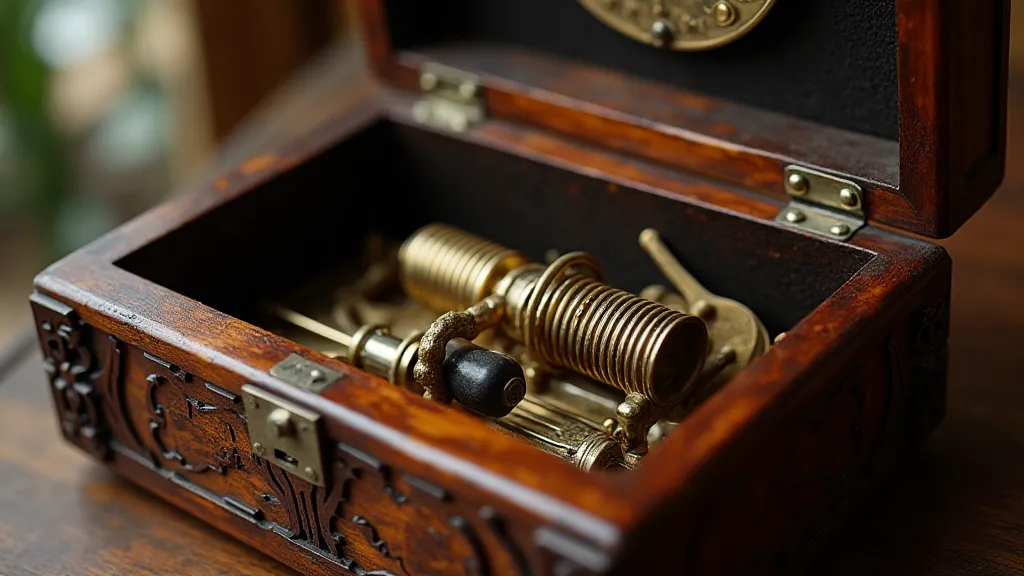
The Language of Loss: Musical Choices and Symbolic Motifs
The music itself played a vital role in the memorialization process. Certain melodies were considered particularly fitting for mourning. "Heart of My Heart," "Auld Lang Syne," and hymns like "Rock of Ages" were frequently chosen for their ability to evoke feelings of sorrow, longing, and spiritual solace. These weren't merely pleasant tunes; they were carefully selected to provide comfort and express the depth of the loss.
Beyond the music, the visual design of these memorial music boxes often incorporated significant symbolic motifs. Common imagery included weeping willows (representing mourning and remembrance), lilies (a symbol of purity and resurrection), crossed swords (for military losses), and mourning doves (symbols of peace and devotion). Sometimes, the music box’s lid would feature a miniature painted scene depicting the deceased in a favorite pastime or location. A portrait miniature, painstakingly rendered, could also be inset into the lid, offering a tangible reminder of the lost loved one.
I recall encountering a particularly poignant example at an antique fair years ago. It was a small, unassuming music box made of walnut, its surface plain and unadorned. The lid, however, revealed a hand-painted scene of a young boy fishing by a river, a pastime enjoyed by the deceased child. The music? A slow, melancholic rendition of "Heart of My Heart." Holding that music box, listening to the mournful melody, felt like stepping back in time, directly experiencing the raw emotion of Victorian grief.
Craftsmanship and the Preservation of Memory
The creation of memorial music boxes demanded a level of craftsmanship that extended beyond mere musical mechanics. These were bespoke pieces, commissioned by grieving families and entrusted to skilled artisans. The precision of the music box's movement was crucial – the music needed to be clear and consistent, providing a reliable source of comfort. The carving, painting, and inlay work were executed with meticulous care, reflecting the importance of the piece and the family’s desire to create a lasting tribute.
Many of these music boxes were Swiss-made. The Swiss watchmaking industry had already established a reputation for unparalleled precision and innovation, and these skills were readily applied to the creation of music boxes. The quality of the steel, brass, and other metals used was also paramount, ensuring the longevity of the mechanism. Some of the most prized memorial music boxes feature elaborate automatons – moving figures that dance or perform miniature scenes as the music plays – further enhancing the emotional impact.
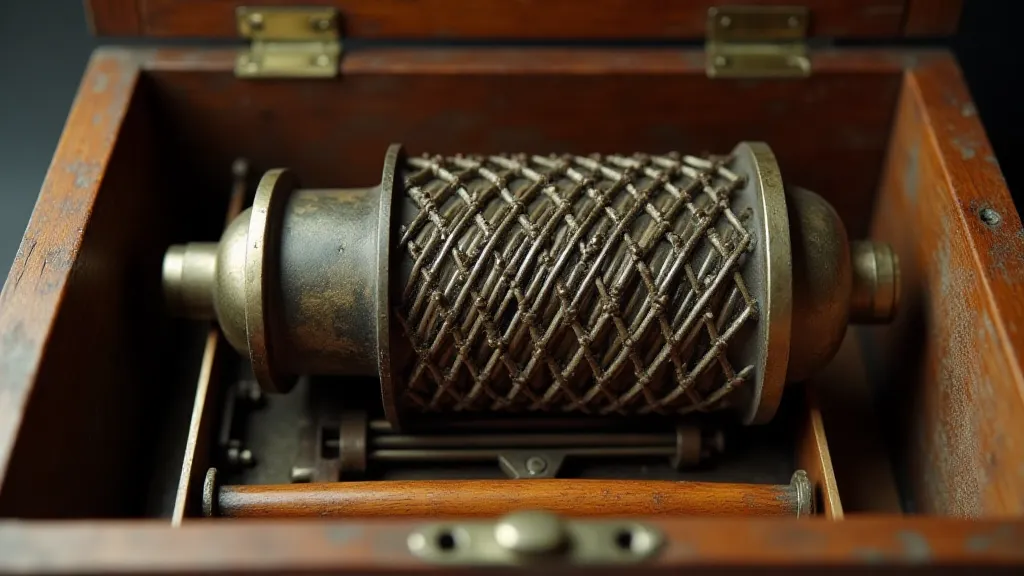
Collecting and Restoring: Honoring the Legacy
For collectors of antique music boxes, understanding the historical context of memorial pieces adds a deeper layer of appreciation. While all antique music boxes hold a certain charm, these memorial examples possess a unique and profoundly moving significance. Identifying them can be challenging; the absence of overtly mourning imagery isn't necessarily disqualifying. Subtle clues – the choice of music, the style of ornamentation, the overall aesthetic – can often provide valuable insights.
Restoring these delicate treasures requires a specialized skillset. Replacing missing parts, repairing damaged mechanisms, and preserving original finishes must be undertaken with the utmost care, respecting the integrity of the piece and its historical significance. Overzealous cleaning or aggressive repairs can easily diminish its value and destroy its character. The goal isn’s to make it “look new,” but to stabilize its condition and preserve its existing beauty.
I had the opportunity to observe a master restorer working on a Victorian memorial music box once. He spent hours painstakingly cleaning the delicate comb, a process requiring a magnifying glass and miniature brushes. His reverence for the piece, his understanding of its history, was palpable. It wasn’s simply about fixing a broken mechanism; it was about preserving a piece of history, honoring the memory of those who commissioned it, and ensuring that its melody would continue to resonate for generations to come.
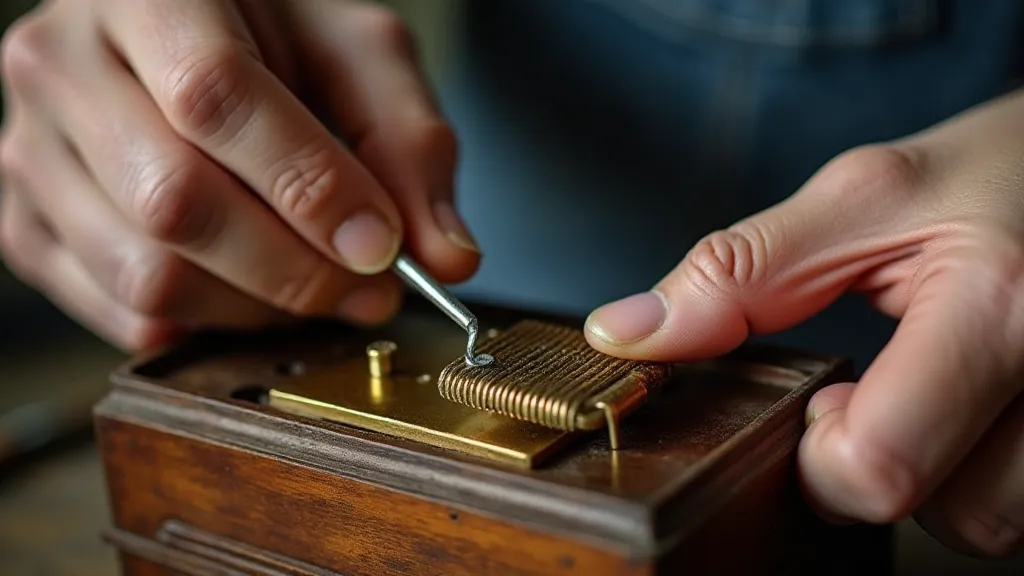
Collecting antique music boxes, especially those steeped in the traditions of Victorian mourning, is more than just accumulating objects; it’s about connecting with history, appreciating the artistry of the past, and honoring the enduring power of music to console, remember, and preserve the memory of those we have lost. Each delicate chime and turning cylinder offers a poignant whisper of a bygone era, a clockwork requiem for a world shaped by loss and remembrance.


